Hoover,
Interesting tool. Thanks for posting these photos.
Regards,
Gordon
Interesting tool. Thanks for posting these photos.
Regards,
Gordon
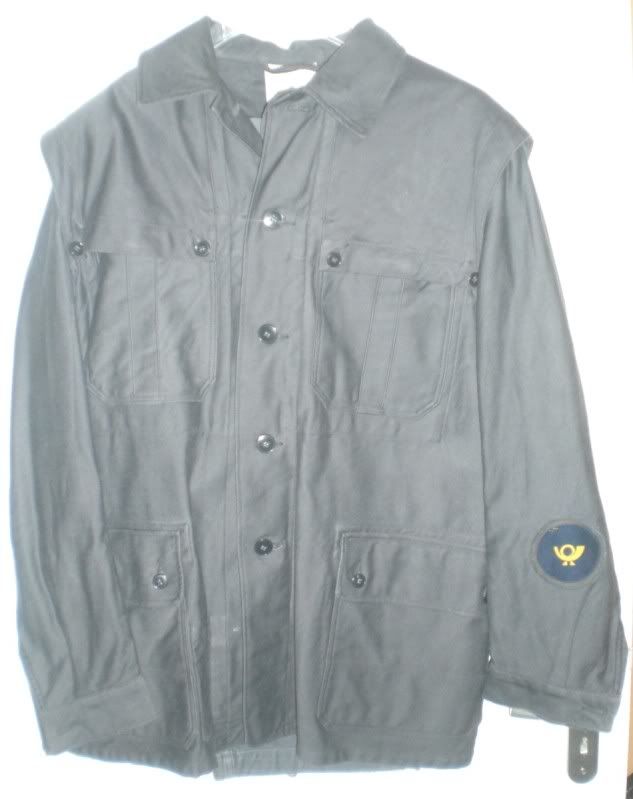
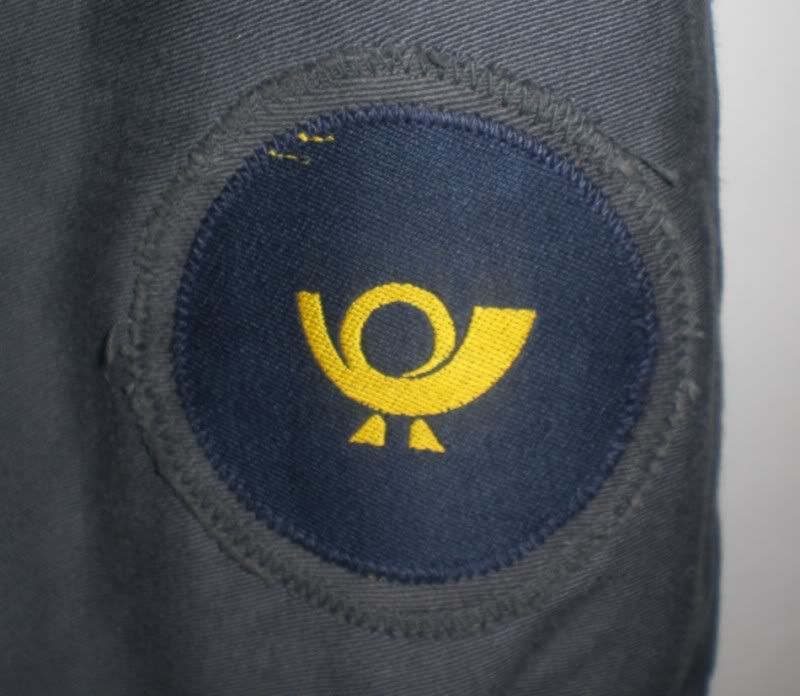
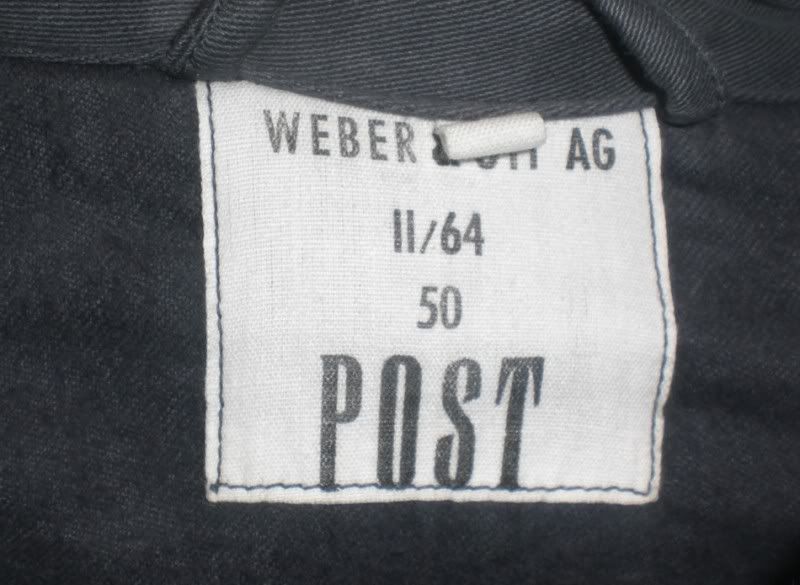

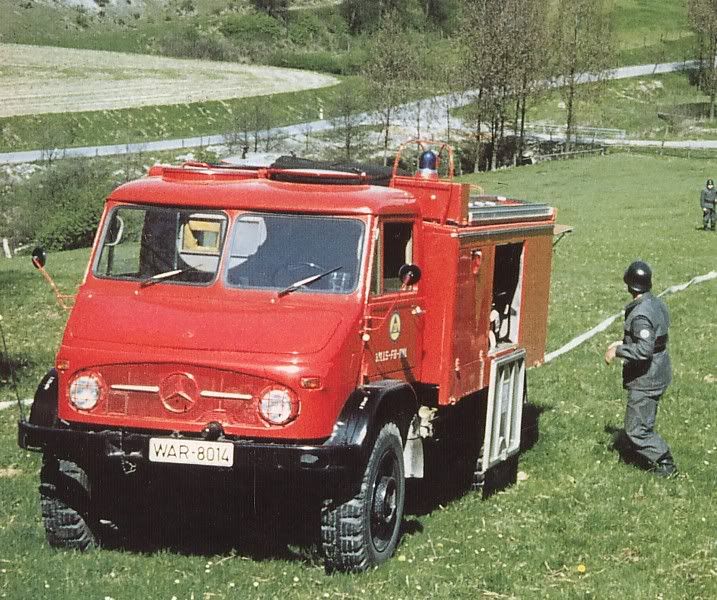
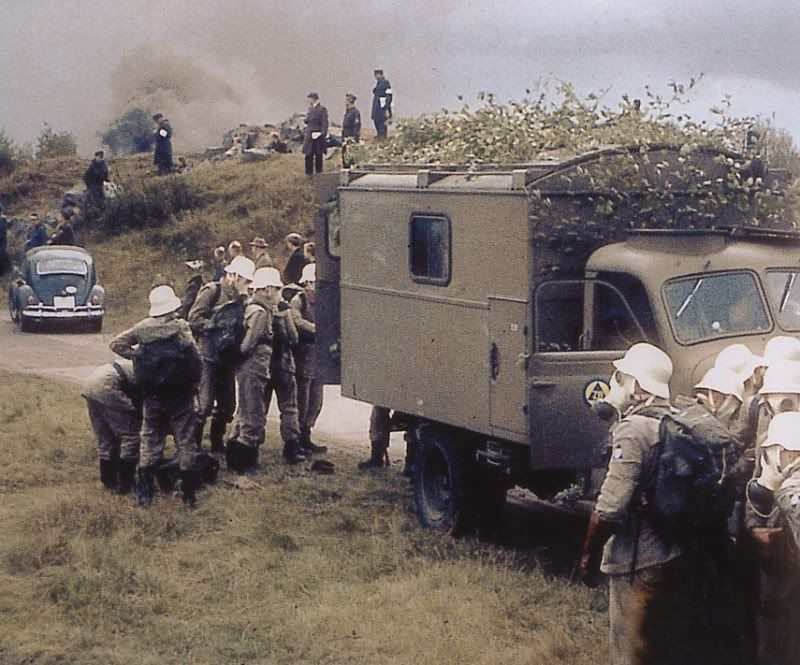
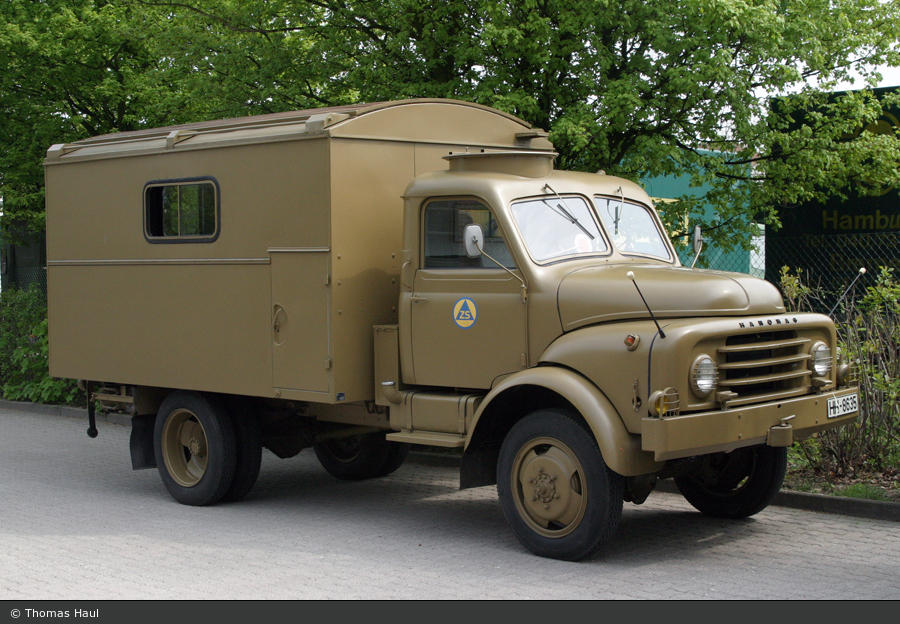

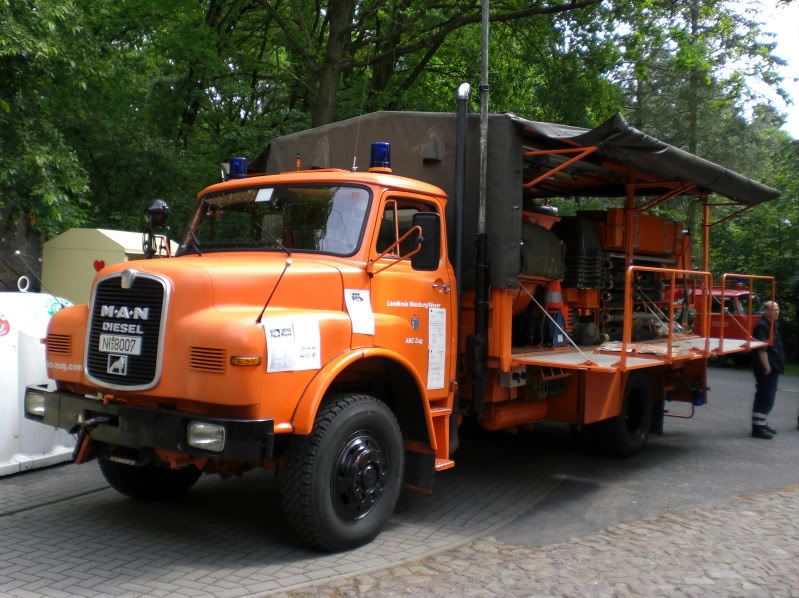

There are currently 4 users online. 0 members and 4 guests.
Most users ever online was 10,032 at 08:13 PM on 09-28-2024.
Comment